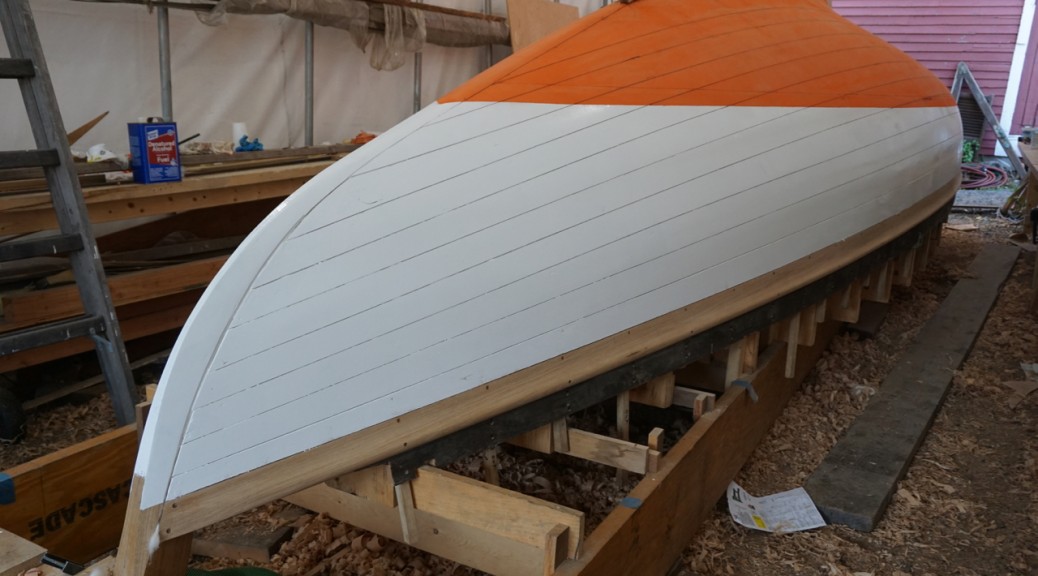











































 The house is assembeled on the lofting floor to allow for varnishing in the warmth of the shop while the rest of the hull’s interior is built and the deck is put down. Here the last few house beams are being fit and faired.
The house is assembeled on the lofting floor to allow for varnishing in the warmth of the shop while the rest of the hull’s interior is built and the deck is put down. Here the last few house beams are being fit and faired.

















































 The house is assembeled on the lofting floor to allow for varnishing in the warmth of the shop while the rest of the hull’s interior is built and the deck is put down. Here the last few house beams are being fit and faired.
The house is assembeled on the lofting floor to allow for varnishing in the warmth of the shop while the rest of the hull’s interior is built and the deck is put down. Here the last few house beams are being fit and faired.




This past fall and winter we have been working away doing a full restoration on an early Herreshoff S-class. The boat has been sitting on the hard in Marblehead for about 20 years after being damaged in a yard fire. Some restoration work had been started under the previous owner, but our hope is to get her back as close to her original shape as possible for racing in the Narragansett fleet. With this goal and an almost 100 year old boat almost all of the hull will need to be replaced. Below are some photos of our progress thus far.

















